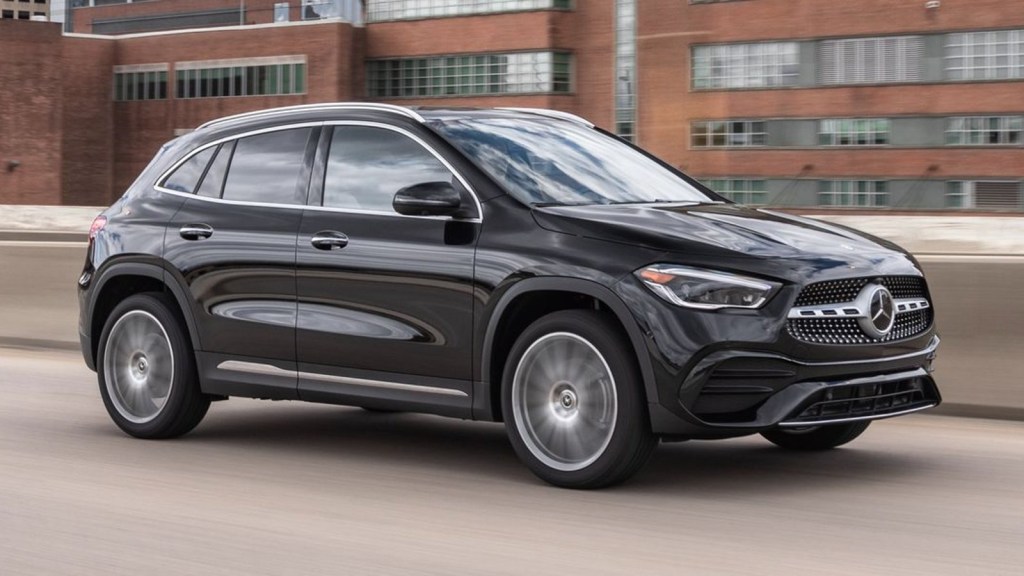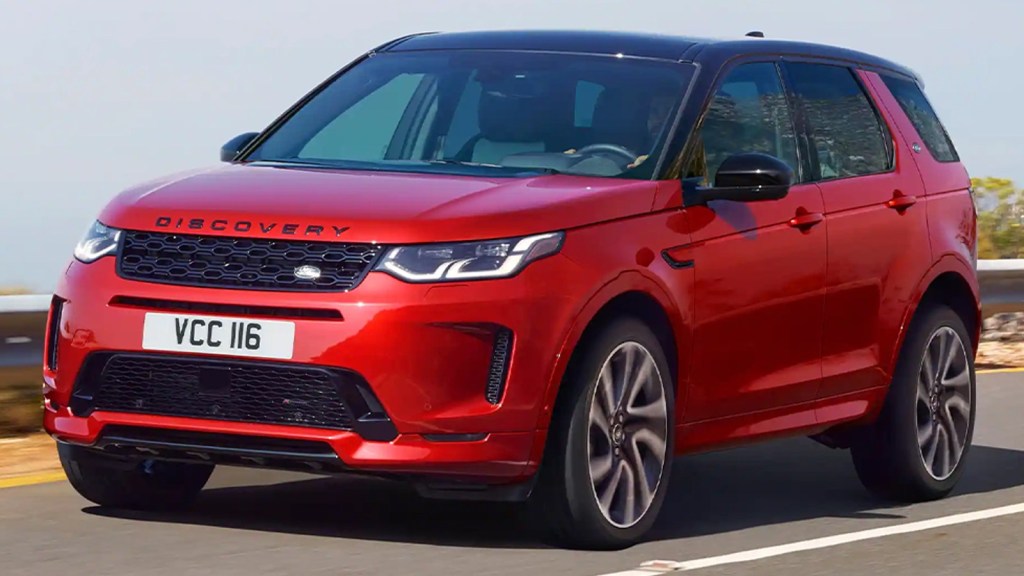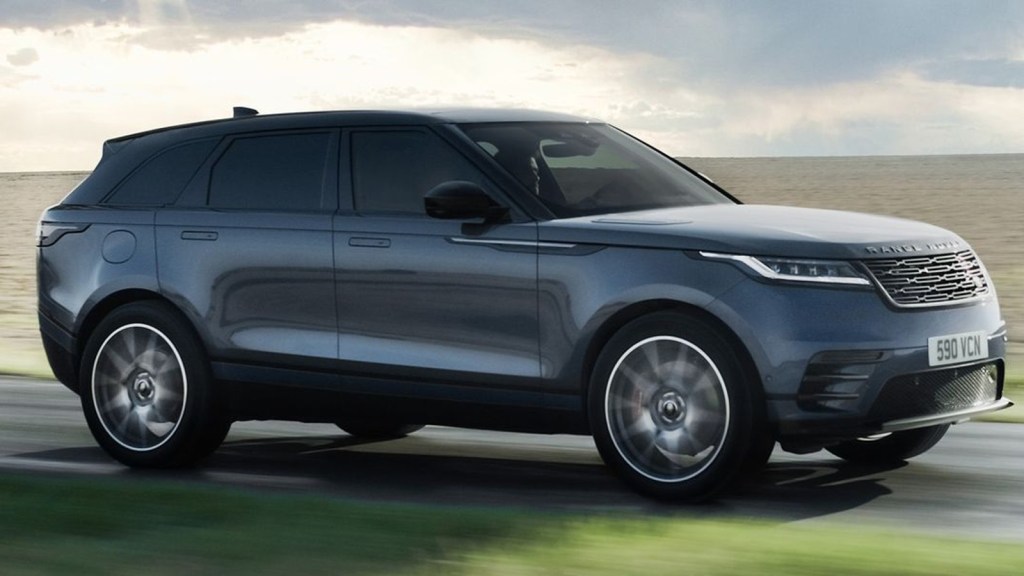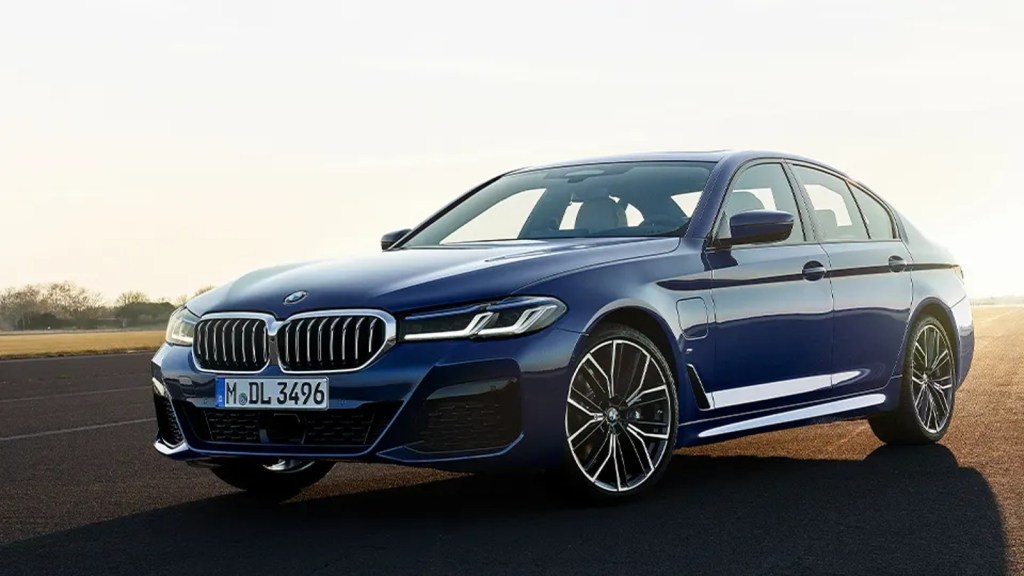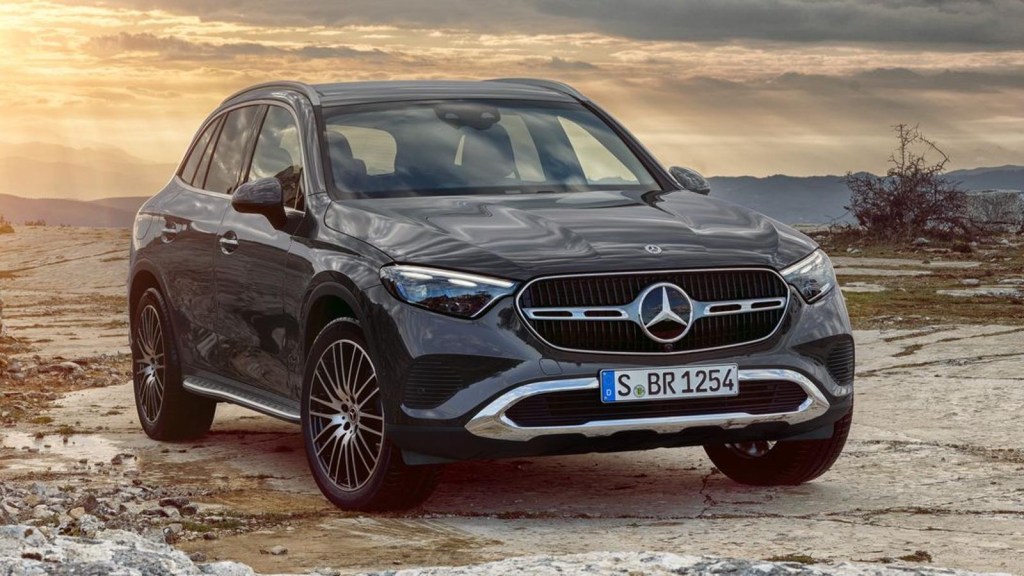Introduction
The iconic Mercedes-Benz G-Class, affectionately known as the G-Wagen, has taken a significant leap into the future with its latest electrification. Long revered for its rugged utility and luxury, the G-Class has evolved over 45 years, maintaining its essence while adapting to changing times. Now, with the introduction of the new G 580 model featuring EQ Technology, it sets a new benchmark for electric luxury SUVs.
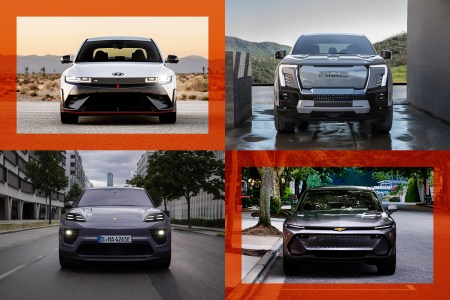
Electrification Meets Iconic Design
The transition of the G-Wagen from a diesel-powered workhorse to a symbol of opulence among the elite has seen various iterations, including extravagant versions that flaunted its audacity. However, the latest model, the Mercedes-Benz G 580 with EQ Technology, presents a sustainable twist while preserving the vehicle’s legendary design and capabilities. The integration of a 116-kWh lithium-ion battery ensures that the G-Wagen retains its robust architecture, enhanced by advanced electric propulsion for a cleaner, more efficient drive.
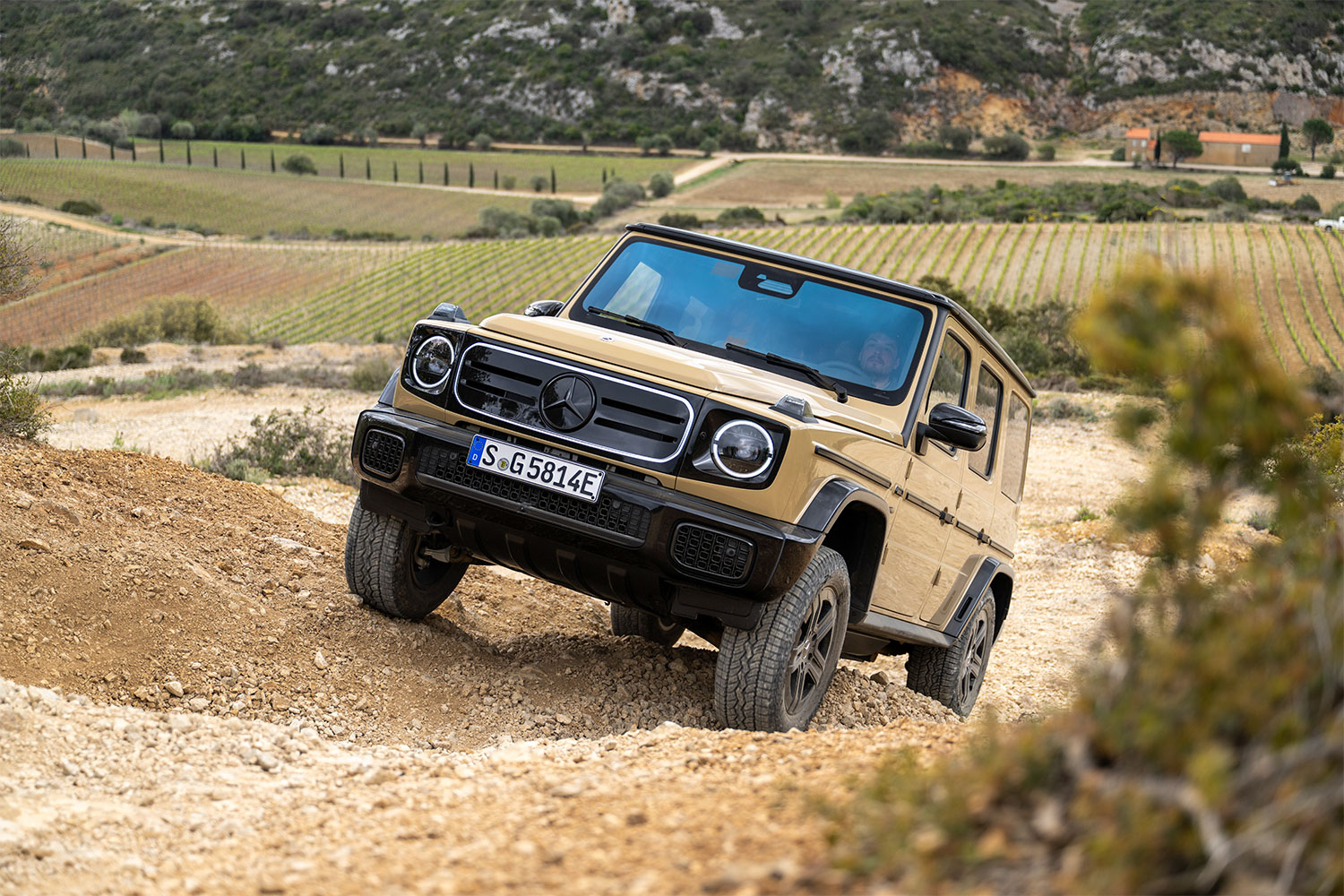
Mercedes-Benz
Advanced Capabilities and Performance
Despite its new electric heart, the G 580 maintains the classic G-Wagen performance, now with an eco-friendly edge. The SUV is equipped with four electric motors, delivering a combined 579 horsepower and enabling sophisticated torque vectoring that defies its substantial mass. Notably, the vehicle’s off-road prowess remains uncompromised, with impressive water fording capabilities and nearly identical suspension travel to its combustion counterparts. The G-Wagen’s new electric setup does not just preserve but enhances the driving experience, providing a whisper-quiet ride while navigating challenging terrains.
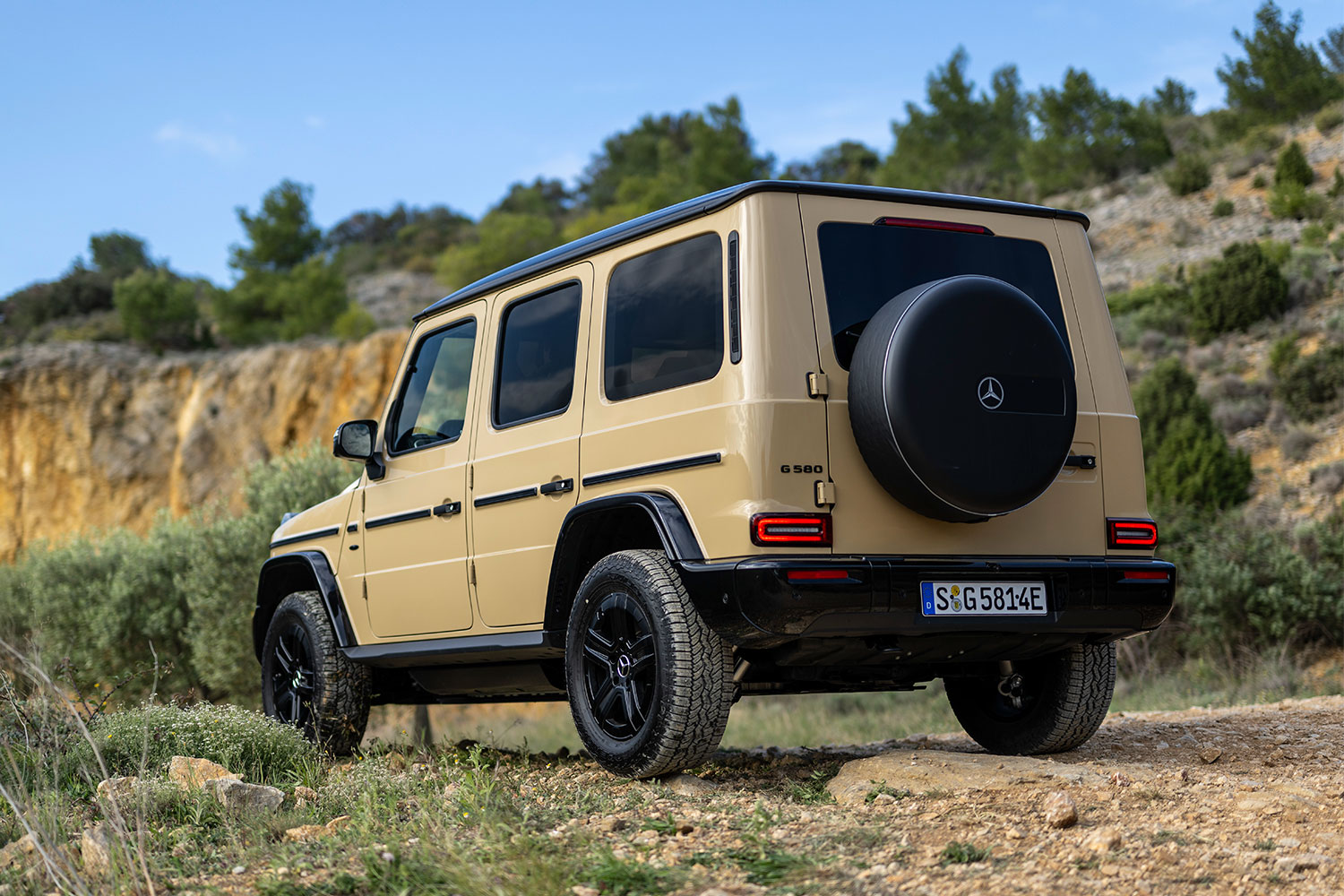
Mercedes-Benz
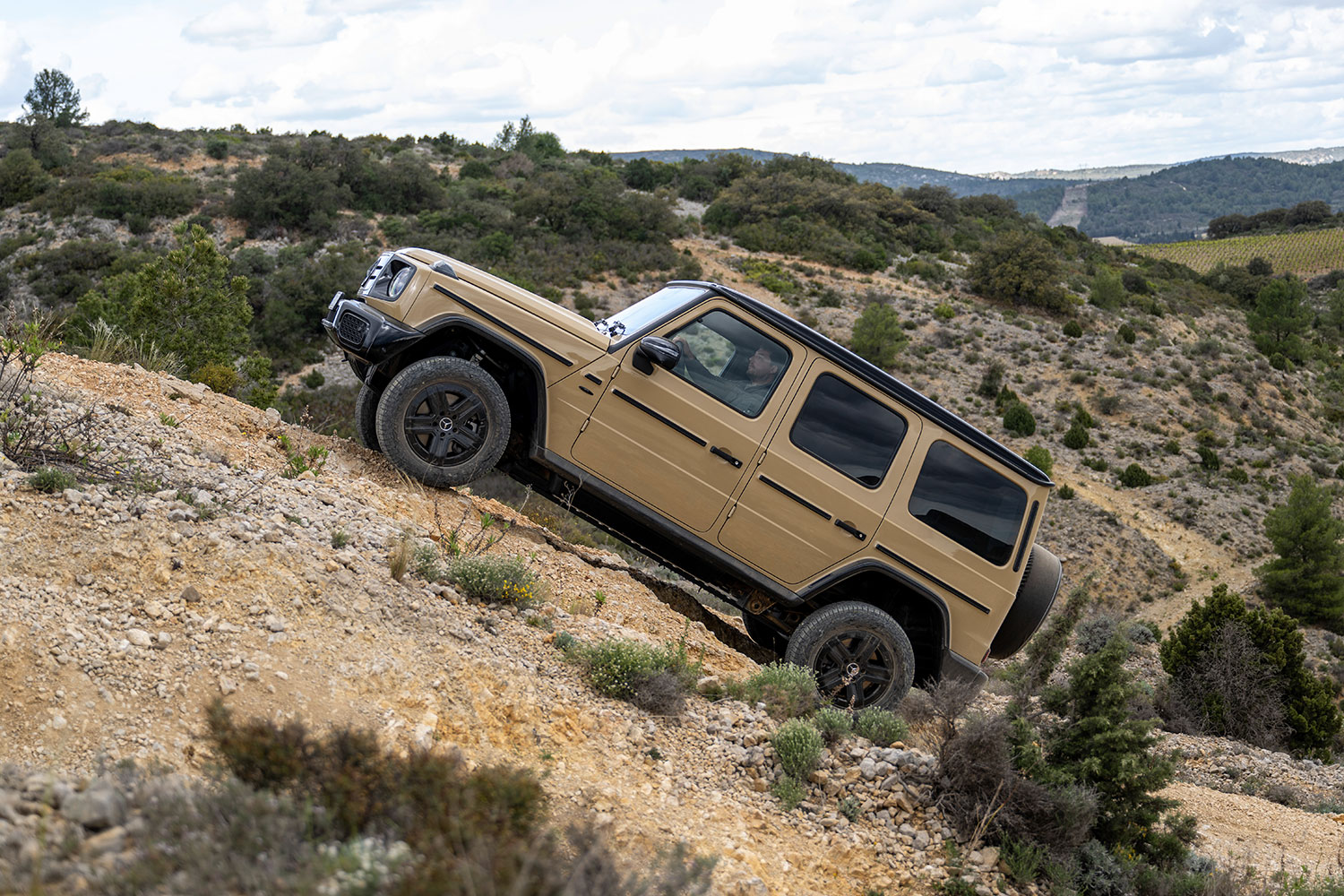
Mercedes-Benz
Conclusion
The Mercedes-Benz G 580 with EQ Technology not only meets the standards set by its fossil-fuel predecessors but also introduces new metrics of luxury and performance in the electric vehicle space. As it maintains its iconic aesthetics and top-tier capabilities, this electrified G-Wagen marks a pivotal moment in the evolution of luxury SUVs, offering a sustainable option that does not compromise on power or prestige. With its launch, Mercedes-Benz redefines what it means to drive a luxury electric SUV, making the G 580 a compelling choice for both traditional enthusiasts and eco-conscious drivers.

